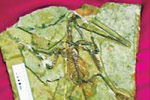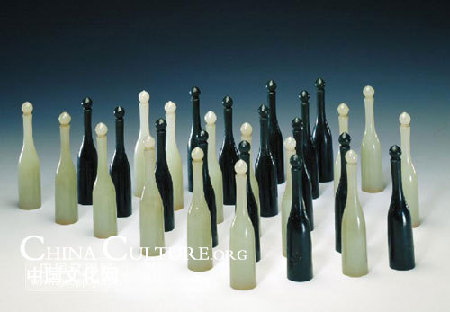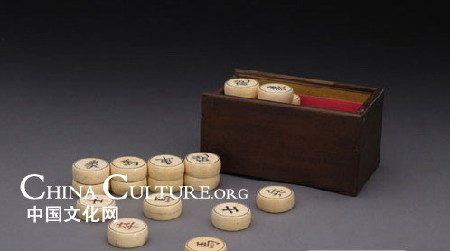Art
See the Ancient Games from these Treasures
Updated: 2008-08-27 10:03
China’s ancient competitive games reached its zenith during the Ming (1368-1644) and Qing (1644-1911) Dynasties. Many popular ancient competitive games such as Cuju, Daqiu (strike ball), sumo, playing on the swing and kite-flying developed during this time, some of which were finally evolved into modern sports events, including Weiqi (also named go), wrestling and archery.
Another characteristic of that time is the unprecedented development of Wushu (martial art) as well as the popularization of wrestling, hunting and archery in northern nomadic minority groups. Beijing as the capital city of the Ming and Qing Dynasties saw its sports culture enriched with royal and folk sports.
The exhibition “Competitive Games in and outside the Forbidden City” is co-organized by the Capital Museum and the Palace Museum, which is split into two sections: "Martial Training for Body Building" and "Character Cultivation and Recreation". The exhibition started on July 23 and will run through October 12.
Jade backgammon (Qing Dynasty)
Collected by the Palace Museum
With the figure of slim bottles, these chessmen are divided into two parts by their white and green colors, each color with 15 chessmen.
Backgammon is a game similar to gambling, which was very popular in Southern and Northern Dynasties (420-581), Sui and Tang Dynasties (581-907) and Song and Yuan Dynasties (960-1368).
|
|
Although it was extremely prosperous during Liao and Jin Dynasties (916-1234), it seems to have been lost in the Qing Dynasty. It is said that this game was created by Cao Zhi who was a Chinese poet during the late Eastern Han Dynasty and Three Kingdoms period. Based on the game of Liubo, it was initially with two dices and gradually added to six dices in late Tang Dynasty. With two players in a game, each of them holds 15 chessmen, the first step is casting dice to decide which one plays first.
Ivory Chinese chess (Qing Dynasty)
Collected by the Palace Museum
Chinese chess is made of ivory and engraved with Chinese characters on both sides, totaling 32 pieces, half of them dyed with red color and another half with blue color.
|
|
Specials

President Hu visits the US
President Hu Jintao is on a state visit to the US from Jan 18 to 21.

Ancient life
The discovery of the fossile of a female pterosaur nicknamed as Mrs T and her un-laid egg are shedding new light on ancient mysteries.

Economic Figures
China's GDP growth jumped 10.3 percent year-on-year in 2010, boosted by a faster-than-expected 9.8 percent expansion in the fourth quarter.

